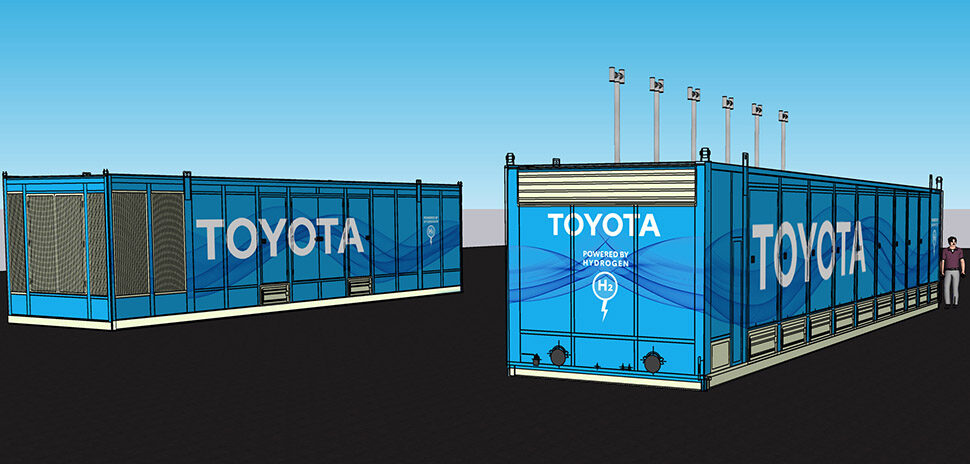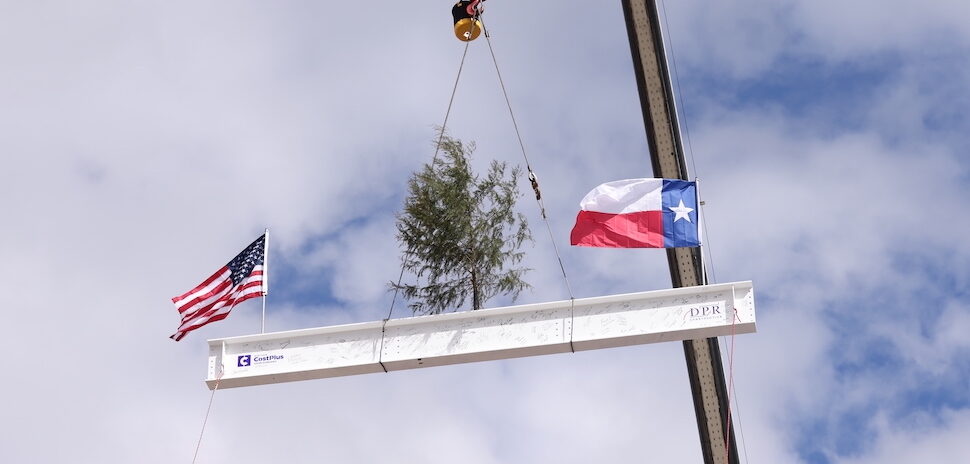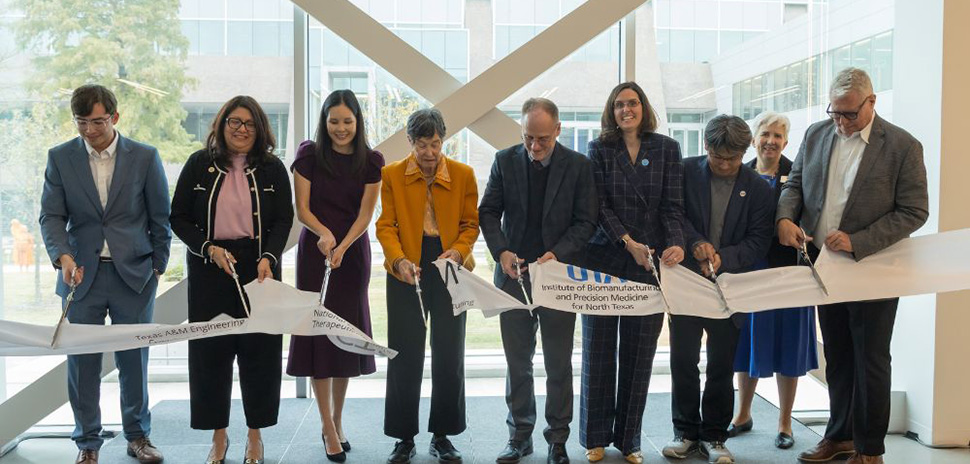Dallas-based Lantern Pharma is making waves in the oncology field with its artificial intelligence and machine learning-based drug development platform, RADR. The clinical-stage biopharmaceutical company could be poised to transform the cost, pace, and timeline of oncology drug discovery and development.
Lantern, which became a publicly traded company in 2020, recently presented positive preclinical data for its Mantle Cell Lymphoma drug candidate, LP-284, at the American Society of Hematology annual meeting, suggesting it may be effective in treating both newly diagnosed and resistant cases of the disease.
The company expects to complete its Investigational New Drug-enabling studies for LP-284 in the first quarter of 2023 and file the IND with the Food and Drug Administration in early 2023. It’s one of the first regulatory hurdles that a new drug must pass before it can be tested in humans in the United States.
Lantern’s timeline anticipates a “first-in-human” Phase 1 trial for LP-284 in non-Hodgkin lymphomas, including mantle cell lymphoma and double-hit lymphoma, by mid-2023. A Phase 1 clinical trial is designed to evalutate the safety, dosage, and initial effectiveness of a new drug.
Clinical need and a $1.2 billion market
MCL is a rare subtype of non-Hodgkin lymphoma, accounting for 7% of all cases. It’s a type of B-cell lymphoma that is currently considered incurable.
“Globally, mantle cell lymphoma and diffuse large B-cell lymphoma alone are estimated to impact over 45,000 patients each year, with virtually all patients relapsing 2-5 years after treatment,” Lantern said in a Q3 report in November. “There is a significant clinical need for additional late-stage therapeutic options for these patients.”
The total market size for treatments of these diseases is estimated to be $1.2 billion U.S. dollars, the company notes.
Reduced growth in MCL tumors
The company highlighted new results for LP-284 from preclinical studies for mantle cell lymphomas and initial results from investigational new drug-enabling studies. Treatment in mice implanted with MCL tumors by the drug candidate reduced tumor growth significantly more than standard-of-care agents Ibrutinib or Bortezomib, according to Lantern.
Additionally, LP-284 was able to nearly completely regress tumors in mice that had become resistant to standard treatment.
LP-284 is a new drug that is being developed by Lantern to treat several types of non-Hodgkin’s lymphoma, including mantle cell lymphoma, or MCL, and double-hit lymphoma, known as DHL. It’s a small molecule agent and works by damaging DNA in cancer cells.
In addition to their findings in animal studies, researchers also conducted tests in a laboratory setting using cells from MCL tumors. These tests showed that treatment with LP-284 caused a significant reduction in the activity of certain genes and pathways that promote cancer growth, including the onco-fusion gene CCND1 and genes in the MYC pathway, a regulator of cell proliferation. The CCND1 gene is involved in the control of cell division and proliferation, and abnormal expression of this gene has been linked to cancer.
A “significant achievement”
Sharma views the recent results as a significant achievement for LP-284. The “pre-clinical efficacy and tumor response data, in both new lymphomas and those that had become resistant to standard of care agents, is an exciting advancement for LP-284 in hematological cancers,” he said in a statement.
They also position Lantern to have more in-depth discussions with biopharma companies about potential partnerships and opportunities for collaborative development, he says.
B-cell cancer patients who may not be eligible for or can’t afford CAR T-cell therapy need options, the CEO adds. CAR T-cell therapy is a type of immunotherapy that involves the genetic modification of a patient’s own immune cells to recognize and attack cancer cells. It has been shown to be effective in some cases of B-cell cancer, but it may not be an option for all patients due to various factors such as medical eligibility, availability, or cost, Sharma says.
LP-284 could be an alternative.
RADR AI and ML platform
Lantern’s mission for RADR is to identify biomarker signatures that can predict which patients are most likely to benefit from its pipeline of genomically-targeted therapeutics.
The drug development platform is “ahead of schedule for both datapoint and functional module expansion,” the company said in a Q3 financial report statement. The platform uses artificial intelligence and machine learning to analyze data related to cancer. Significant upgrades, including computational infrastructure, are helping to speed up and de-risk drug development for Lantern and its partners, the company says.
Lantern recently published RADR-driven research, in collaboration with the National Cancer Institute, on foundational insights into how AI can be used to find new indications for cancer drugs in record times with significant reductions in costs.
“The compression of costs and timeline that we are creating with our drug development process have allowed us to grow our portfolio from three programs 15 months ago to 11 programs today,” Sharma said in a November statement. “We expect many of these programs to create high-value opportunities for our investors and potentially life-transforming therapies for patients.”
In the pipeline
The company is currently testing two drug candidates in Phase 2 clinical trials and plans to begin testing two drug candidates in first in human trials in 2023. In addition to LP-284, Sharma said in November, the company has made significant progress in the development of new drug candidates LP-184 and working to advance its rescued drug candidates, LP-100 and LP-300, towards specific medical treatments.
The company expects to introduce other therapeutic programs in the near future with its existing and new molecules and combinations that are being validated in AI-guided development and targeted wet-lab studies.
![]()
Get on the list.
Dallas Innovates, every day.
Sign up to keep your eye on what’s new and next in Dallas-Fort Worth, every day.
































